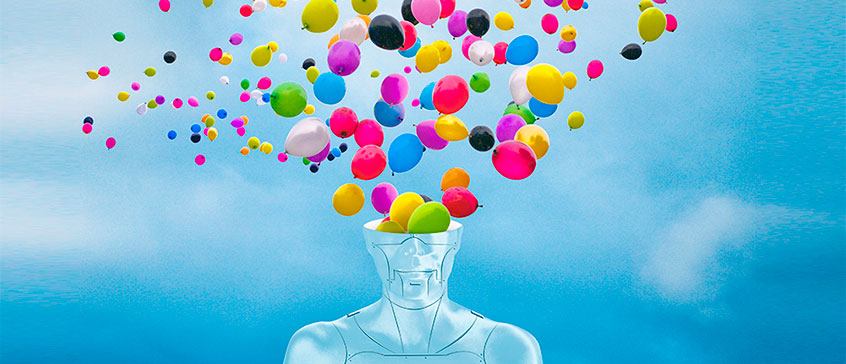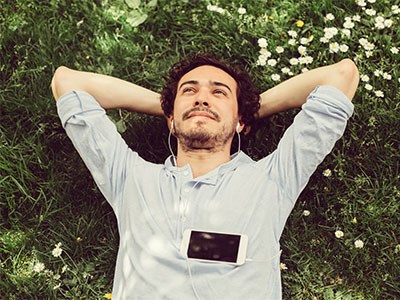Get Creative: Five ways to tap into your creativity

There are several well-known health benefits to engaging in creative endeavors, but sometimes actually getting into the right headspace is easier said than done. So what are some things you can do to get those creative juices flowing?
1. Do a little daydreaming

Have you ever been feeling stuck in a creative task so you move on to something else, only to have the perfect solution suddenly pop into your head? A recent study by scientists at the University of California, Santa Barbara, found people who took a mental break from a challenging creative task by engaging in a boring or mindless task that allowed the mind to wander, were significantly more creative when they returned to the creative task than those who rested, worked on a different demanding task, or took no break at all. This is because daydreaming unleashes the creative processes that take place in the subconscious mind, which can lend creative insight to the problem at hand.
2. Cut the quiet

You might think that a quiet, distraction free environment would be ideal for getting creative, but you'd be wrong! It turns out that having ambient background noise actually helps you think outside the box. A study out of the University of Illinois at Urbana-Champaign found that the ideal sound environment for abstract thinking is about 70 decibels, equivalent to the background noise of, say, a coffee shop or a television playing in a living room.
3. Switch it up

The key to stimulating creativity is to get your mind out of the comfort of familiar neural pathways and to stimulate innovative thinking. A great way to do this is to shake up your physical routine: travel to a foreign country, hang out with people you don't normally spend time with, take a different route to work, visit a new coffee shop. Any time you can put your brain into situations where it needs to adapt will stimulate creative thinking.
4. Get the blues

A University of British Columbia study of 600 people found that when participants performed cognitive tasks on a computer with a blue screen (instead of a red one), they produced twice as many creative outputs. Author of the study, Juliet Zhu, says, "Through associations with the sky, the ocean and water, most people associate blue with openness, peace and tranquility. The benign cues make people feel safe about being creative and exploratory."
5. Go for a walk

Not only will the physical activity of going for a walk stimulate the flow of endorphins and relieve stress, allowing you to think more clearly, but taking a walk in nature has added benefits. A 2015 study of Danish creative professionals revealed that being outdoors awakens curiosity and inspires a desire to explore. As well, the multi-sensory stimuli of being outdoors and the ever-moving action of walking invites the flow of new ideas and creative thinking.
These are five easy ways that you can promote creative thinking on a daily basis or as needed, but there are lots of other ways to get your brain thinking outside of the box. Sometimes taking a course can be a great way to kick-start you on the road to creativity. Not only will it offer a break from the routine, but it's a great way to meet other creatively-minded people too.
Kick-start your creativity with a new course from our Jan–Aug 2026 Calendar
Art History
Music
- Actively Listening to Music
- Canadian Musical Icons - Cohen, Mitchell & Lightfoot
- Grand Tour of Music
Photography
Visual arts
- Drawing as Meditation
- Drawing Outside the Lines
- Drawing with Confidence
- Interior Design Essentials
- Sketching Blossoms and Birds
Plus a selection of online art and design courses.
Writing and Literature
- Exploring Creative Writing: Memoir and Fiction
- Fiction from Truth
- Learning About Indigenous Culture Through Literature
- Memoir: The Story You’ve Always Wanted to Tell
- Speculative Fiction
- The Continuing Art of Murder: Mystery Writing 201
- Through a Planetary Lens: Writing with Photographs
- Writing the Land: A Place-Based Poetry Workshop
- Posted December 2, 2025
Visit Registration
2nd Floor | Continuing Studies Building University of Victoria Campus 3800 Finnerty Road | Victoria BC | CanadaTel 250-472-4747 | Email uvcsreg@uvic.ca
2026 © Continuing Studies at UVic
Legal Notices |
Sitemap

